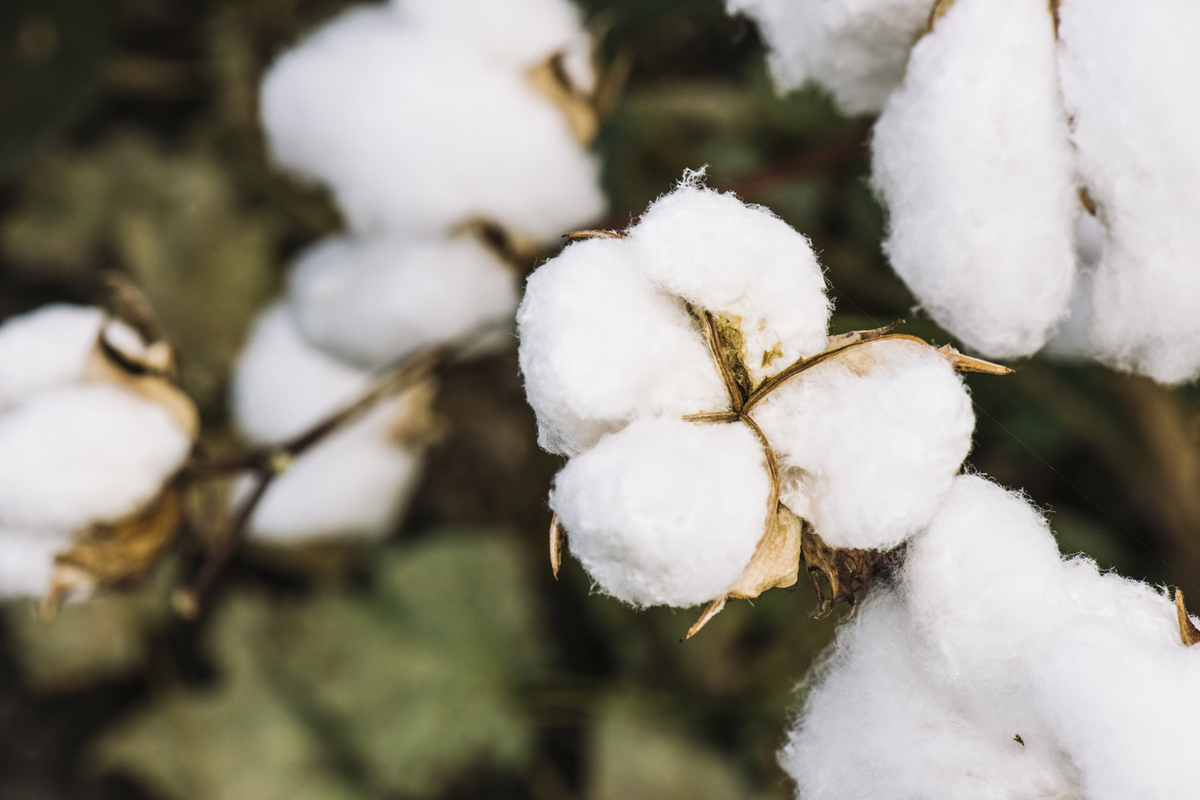Big Promise, Bigger Questions: How Can Bt Cotton Weave Challenges and Opportunities in the Philippines?
| |
On September 6, 2023, the Philippine Bureau of Plant Industry (BPI) issued a biosafety permit for the commercial propagation of Bt cotton (GFM cry1A) developed by the Philippine Fiber Industry Development Authority (PhilFIDA). The approval marks a breakthrough in revitalizing the cotton industry in the Philippines. However, is the Philippines ready for the large-scale cultivation of Bt cotton? This is a question that the authors, Rosalyn Angeles-Shim from Texas Tech University, USA, and Georgina Vergara from the University of the Philippines Los Baños (UPLB), sought to answer in their commentary paper published in GM Crops & Food.

Cotton has long been part of the weaving industry in the Philippines. The commercial cultivation of cotton began in the 1970s and peaked in the early 1990s, meeting up to 25% of national fiber demand. However, the industry experienced a sharp decline in the 2000s, when planted areas drastically dropped from approximately 38,000 hectares to just over 4,000 hectares nationwide. This downturn was largely due to high production costs and low returns on investment, discouraging farmers from continuing cotton cultivation.
Among the biggest challenges was the cotton bollworm (Heliothis armigera), a destructive pest that significantly damaged crops and contributed to the industry's downfall. Despite efforts of pesticide applications, local farmers still lost up to 65% of their potential yield due to insect damage. As a result, the local cotton industry heavily relied on imports over the last two decades, with a total of 472,000 bales of cotton imported in the Philippines.
In 2009, PhilFIDA launched the Bt cotton project to revive the declining cotton industry and reduce the country’s dependence on costly cotton imports. Bt cotton is a genetically modified (GM) cotton with a protein from Bacillus thuringiensis (Bt) that specifically targets cotton bollworms. As reported by early adopters in Ilocos Norte, Bt cotton offers a significantly higher income to farmers by reducing reliance on chemical pesticides and boosting yields by up to three tons per hectare. With all the promising developments in Bt cotton, the question now is whether the Philippines has the right infrastructure, funding, and expertise to scale up Bt cotton farming.
What could be the challenges in the widespread adoption of Bt cotton in the Philippines?
The authors of the commentary paper cited three potential challenges in the widespread adoption of Bt cotton in the Philippines. These are technological frameworks and infrastructure, technology transfer, and social acceptance of the technology.
- Technological framework and infrastructure. The cotton varieties cultivated in the Philippines (i.e., Gossypium barbadense and G. hirsutum) differ in potential yield and fiber quality. Given the differences in fiber quality, existing systems for processing lint must be upgraded and modernized to handle the shorter fibers of G. hirsutum. These improvements will require training programs to equip stakeholders with the necessary skills for proper handling, grading, and processing of the shorter fibers. In addition to this, indigenous weavers, who have long preferred the quality of G. barbadense, may also resist adopting G. hirsutum fibers, unless they are assured of a market for these products. If this is not addressed, the Philippines might be at risk of repeating the experience of Burkina Faso, where Bt cotton was abandoned despite its agronomic benefits, due to poor fiber quality that failed to meet local industry standards.
- Technology transfer. Integrating the Bt trait into native cotton types is not simple. It requires specialized knowledge and skills in cotton breeding and genetics. Although G. barbadense and G. hirsutum can be crossbred, later generations tend to resemble one parent more than the other. With this, accurate testing methods must be developed to track the successful introgression of the Bt technology in the background of local cultivars.
- Social acceptance of the technology. A major challenge in the large-scale cultivation of Bt cotton in the Philippines lies in gaining trust and acceptance among key stakeholders, particularly farmers and weavers. Most Filipino farmers operate small-scale farms and prioritize crops that ensure household income. This makes profitability a crucial factor for adopting new technologies like Bt cotton. The resistance of many farmers stems more from distrust of past government actions and major seed companies than from environmental fears. With this, it is important to inform and educate stakeholders about the environmental safety of Bt cotton and its potential to increase farmers’ incomes, to build public trust and support for its cultivation.
While Bt cotton presents an opportunity to boost the cotton industry, several systemic and cultural challenges must be addressed to ensure the adoption and acceptance of Bt cotton in the Philippines. The authors said that the technical and institutional capacity of key stakeholders within the cotton value chain must be established, sustained, and strengthened to ensure the successful adoption of Bt cotton technology in the country.
For more information, read the Commentary in GM Crops & Food. For further reading:
- Philippines Approves Bt Cotton for Commercial Propagation
- Bt Cotton Shows Adaptability in Ilocos Region
- Festival Celebrates Bountiful Bt Cotton Harvest for Filipino Farmers and Weavers
| Newer Post | Archive | Older Post |
Science Speaks is ISAAA Inc.'s official blog. Weekly blog articles, authored by ISAAA writers, partners, and invited contributors, aim to help share, disseminate, and promote scientific knowledge and its vital role in achieving global agricultural sustainability and development. Your support to Science Speaks will help us achieve this goal. You can help us by donating as little as $10.

